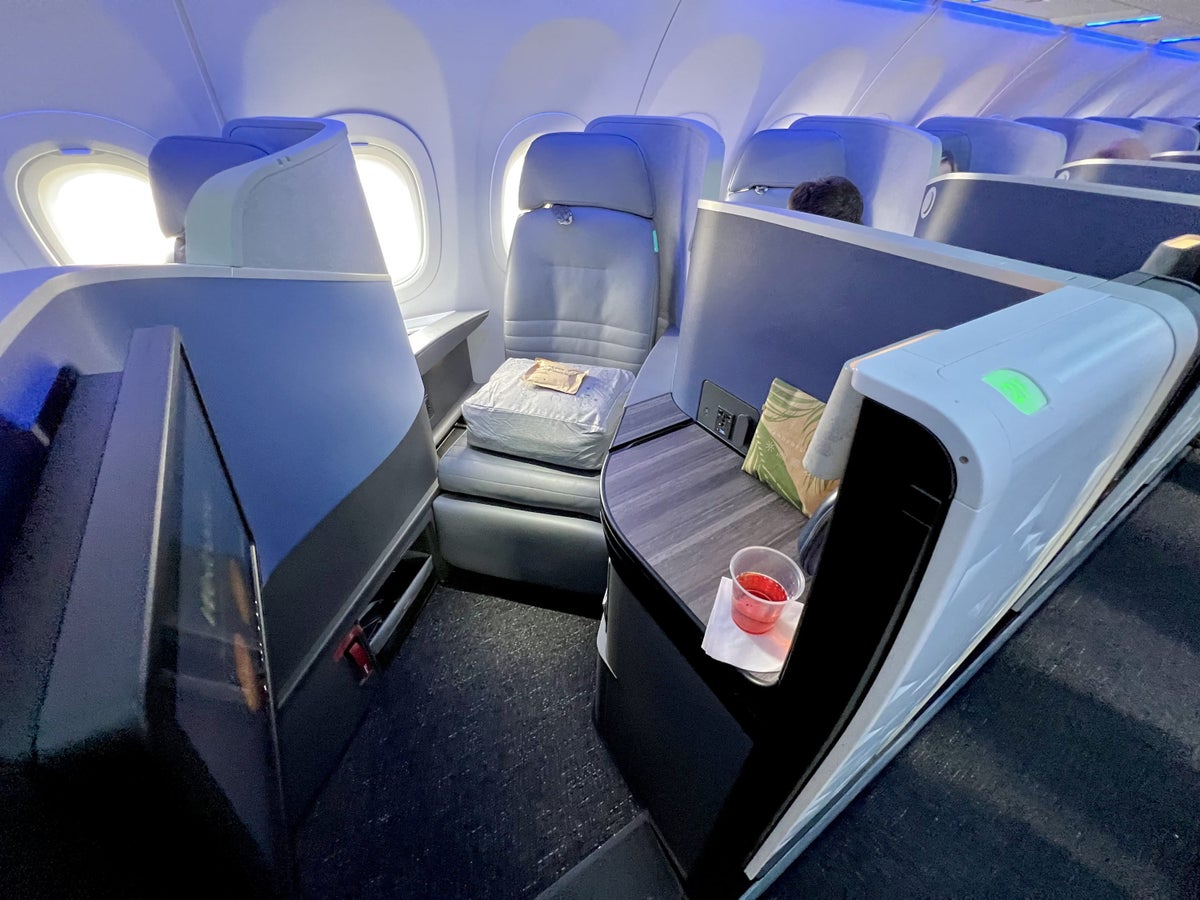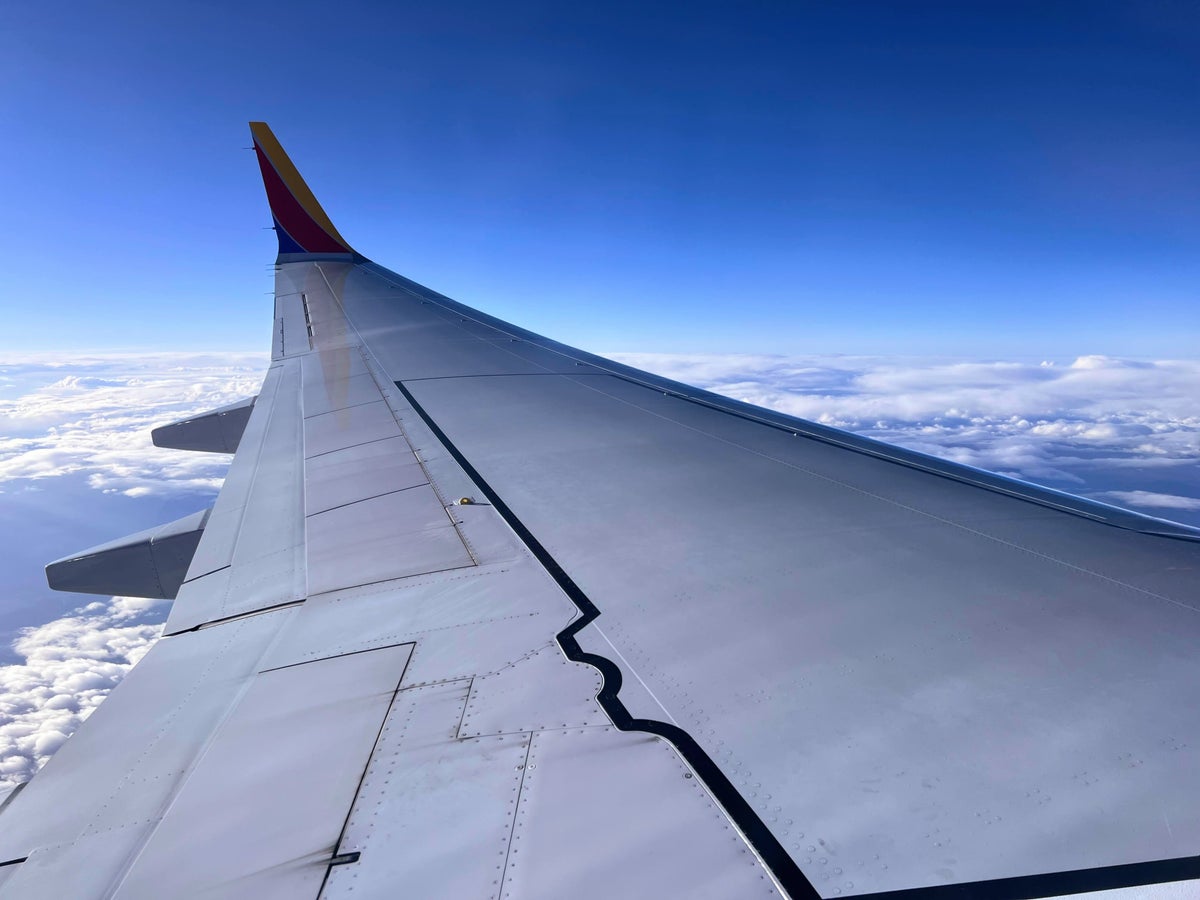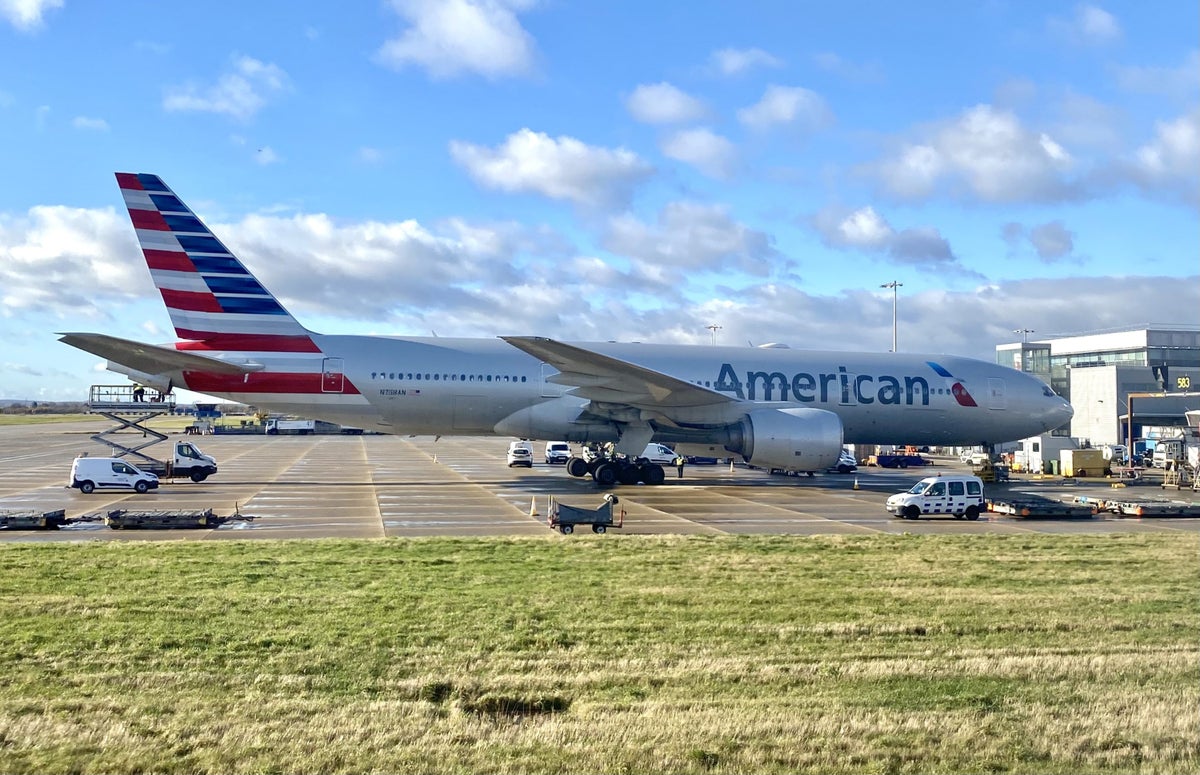Stephen Au
Stephen Au
Former Senior Content Contributor
470 Published Articles
Countries Visited: 24U.S. States Visited: 22
Stephen is an established voice in the credit card space, with over 70 to his name. His work has been in publications like The Washington Post, and his Au Points and Awards Consulting Services is used...
Edited by: Jessica Merritt
Jessica Merritt
Senior Editor & Content Contributor
273 Published Articles 983 Edited Articles
Countries Visited: 4U.S. States Visited: 23
A long-time points and miles student, Jessica is the former Personal Finance Managing Editor at U.S. News and World Report and is passionate about helping consumers fund their travels for as little ca...
& Keri Stooksbury
Keri Stooksbury
Editor-in-Chief
112 Published Articles 3840 Edited Articles
Countries Visited: 54U.S. States Visited: 28
Editing with Upgraded Points for over 6 years, as editor-in-chief, Keri manages the editorial calendar and oversees the efforts of the editing team and over 20 content contributors, reviewing thousand...
![When To Use Cash or Miles for Airline Tickets [10 Helpful Tips!]](https://upgradedpoints.com/wp-content/uploads/2022/05/Womans-feet-in-hammock-at-beach.jpeg?auto=webp&disable=upscale&width=1200)



![12 Best Ways To Redeem Etihad Guest Miles for Maximum Value [2025]](https://upgradedpoints.com/wp-content/uploads/2017/05/Etihad-Boeing-787-9-First-Class.webp?auto=webp&disable=upscale&width=1200)

![[Expired] Buy One Get One Free With Alaska Airlines](https://upgradedpoints.com/wp-content/uploads/2018/08/Image-courtesy-of-Alaska-Airlines-via-Facebook-e1535828390150.jpg?auto=webp&disable=upscale&width=1200)
